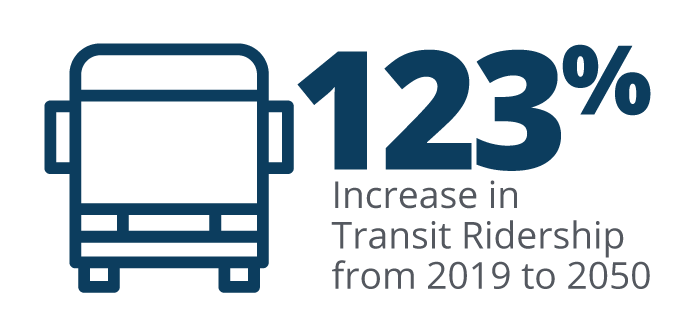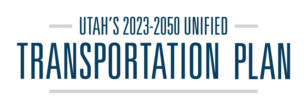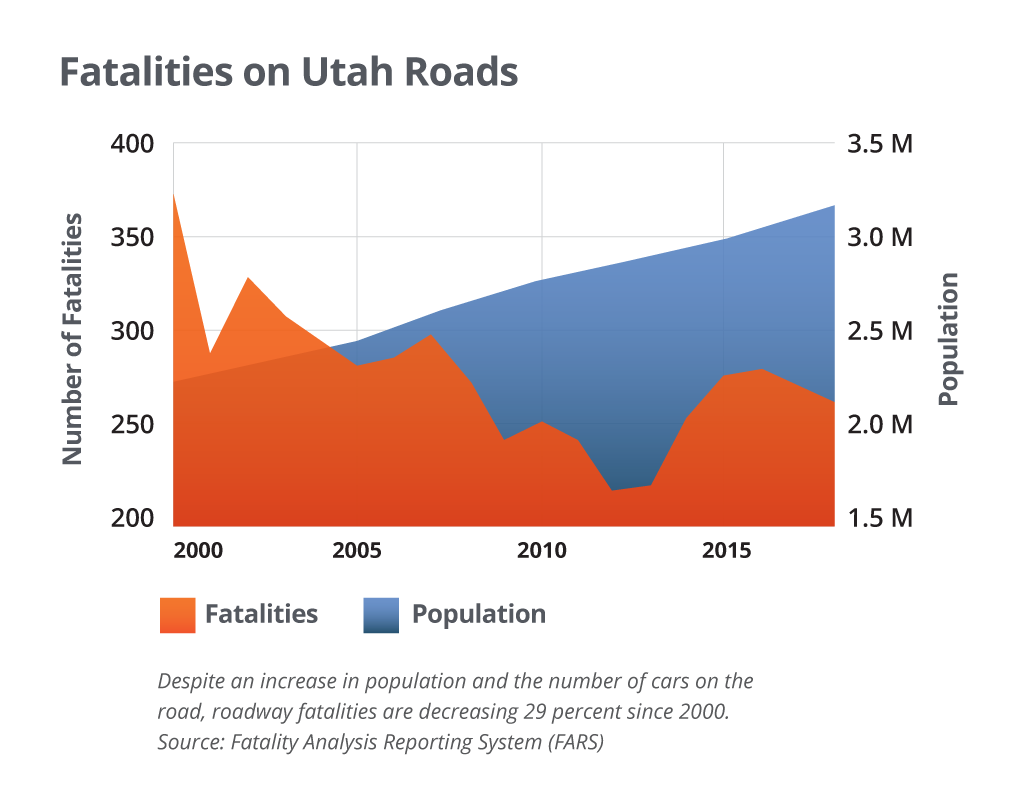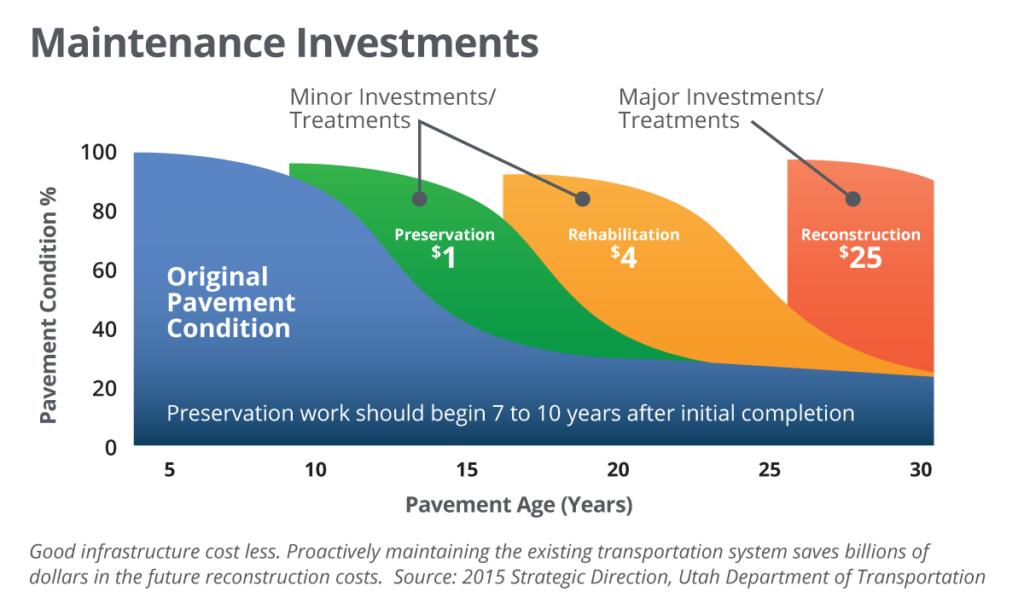Performance Measures
Utah’s transportation agencies have been working together to develop an initial set of shared performance measures that could be used in evaluating the success of the Unified Plan. As trusted stewards of public funds, Utah’s transportation agencies seek to show how the investments outlined in the Unified Plan make the overall transportation system better. The agencies came up with five main areas to gauge success.
Safety | Economic Vitality | State of good Repair | Air Quality | Mobility and Accessibility
Safety
Fatalities on Utah roads have decreased substantially even with significant population growth. The Unified Plan partners support the goal of Zero Fatalities. One life lost is one too many. Planning for improvements to the transportation system can improve safety for drivers, cyclists and pedestrians.
Goal: Reduce fatal and serious injuries on the transportation network. Data shows that since the year 2000, there has been a 29% reduction in traffic fatalities.
Economic Vitality
A well-functioning transportation system is the backbone of a robust economy. It connects people to jobs and other destinations and facilitates the efficient movement of goods and services within communities and across the state.
Two main objectives for improving Economic Vitality:
- Increase the number of jobs, services, and desired destinations Utahans can reach within a certain travel time.
Goal: Create 17,000 more jobs along the Wasatch Front and 14,000 more jobs for the rest of Utah, with access within 20 minutes by auto as compared to today by the year 2050. - Increase the miles of facilities available for active transportation.
Goal: Create 46,000 more jobs along the Wasatch Front within 40 minutes of transit for the average household, by 2050 as compared to today.
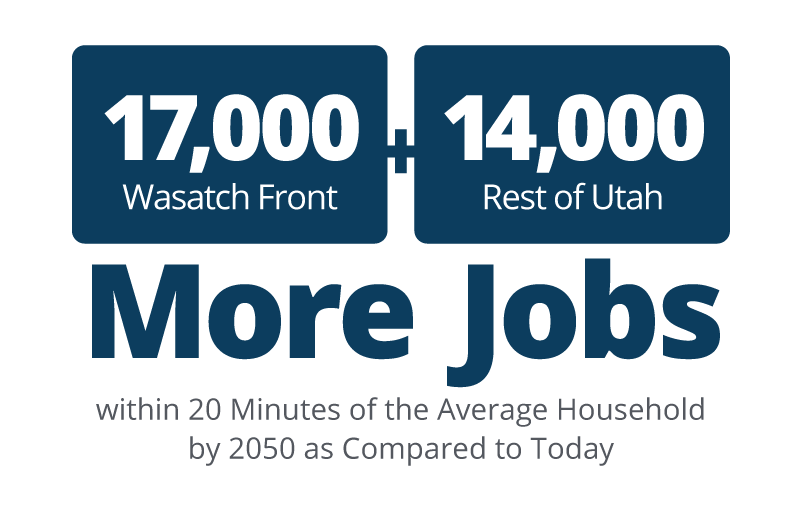

Air Quality & Environment
A transportation system that incorporates all modes of travel provides choices for how people get around. A balanced system reduces the number of vehicles on the road, consequently reducing emissions. In addition, advances in cleaner fuel and vehicle technology will significantly improve air quality.
Goal: Reduce emissions that adversely affect health, quality of life, and the economy.
Key mobile source ozone and PM2.5 emissions give us insight into the progress we are making. The goal is to attain a 54% reduction in mobile emissions statewide by 2050 as compared to today.

Planned New Miles of Active Transportation
| Planning Area | New Miles of Active Transportation |
|---|---|
| Cache MPO | 174 |
| Dixie MPO | 378 |
| MAG | 295 |
| UDOT/Rural | 226 |
| WFRC | 1,002 |
| Total new miles planned between today and 2050 | 2,100 |
| Source: MPO and Statewide Long-Range Transportation Plans |
Mobility
The issue of mobility in Utah is a factor that is important to everyone. Our communities are spread out and the ability to move about is a critical concern. There are 3 areas of focus for Mobility.
- Reduce vehicle hours of travel
- Increase the share of trips using non-single occupant vehicle model
- Improve reliability of system
Reduce vehicle hours of travel
By implementing the Unified Plan, the average Utah household will spend 4.7 fewer days driving each year. The savings from time spent driving is attributed to how the plan improves mobility with high efficiency road and transit projects and how it coordinates these transportation improvements closely with the land use surrounding them.
Increase the share of trips using non-single occupant vehicle modes
As part of the Unified Plan, we look at ridership as a measurement tool to help us reach the outcome of 123% increase in transit ridership from 2019 to 2050.
